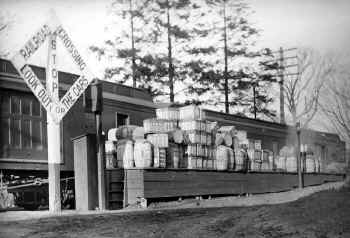Peconic
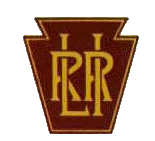
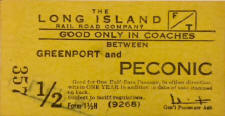
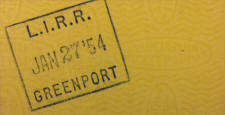
Ticket Form 1½H - Greenport-Peconic 1/27/1954
Archive: Brad Phillips
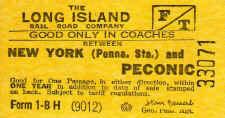
Ticket Form 1-B H - Penn-Peconic
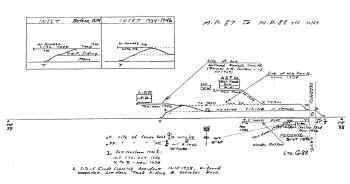
Emery map - Peconic MP87-88 - 10/1957 Archive: Dave Keller
PecoNiC Call Letters: "NC" (on 1903 CR4) In ticket office, block office in station out of service: 1927 (?). Unattended block station in svc: 1927 (?). out of svc: 9/8/40. Research: Dave Keller
Peconic
Station History:
1st depot appears on timetable of
5/01/1848 as "Hermitage", later renamed "Peconic".
2nd depot built: 8/1876, razed: 4/1942.
Shelter Shed built: 1942, razed: 8//1967 (Richard Maske)
Last listed in ETT #1, Eff: 5/22/1966
Research: Dave Keller
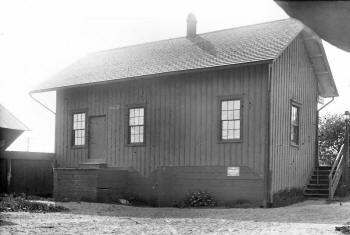
Peconic Station rear 1905 Photo: Josiah C. Case Archive: Queens Public
Library
Note: An example of a small station that handled ticket sales, baggage AND
express services as the short,
high-level platform at the rear would be the express loading dock for The
Long Island Express. Dave Keller
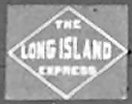
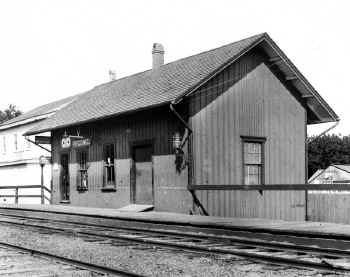
Looking SE we see the old depot at Peconic displaying the very old train order signal out front 1905. Though not quite 30 years old at the time, this structure looks in desperate need of some renovation. . . . or at least a paint job! Note the two Dietz kerosene platform lamps: one on a pole on the platform and one wall-mounted with a fancy escutcheon to the depot. Also note the filigree woodwork under the eaves on the building east of the depot. Josiah C. Case photo, Dave Keller archive
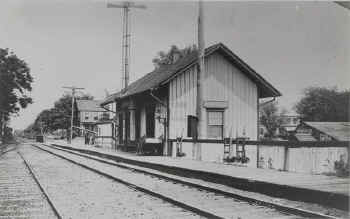
Peconic Station "NC" signal - Valuation photo c.1922
view SE Archive: Art Huneke
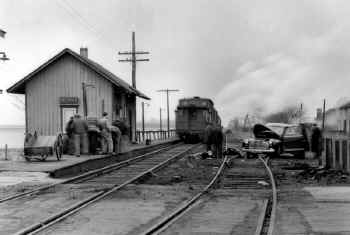
This westward view shows the aftermath of Train vs. Car at Peconic station on March 3, 1942. Fortunately, the woman driving the car was not injured. At this time, the agency is no longer in service as is evident by the boarded-up depot windows. The structure was torn down the following month and replaced by a wooden shelter shed. Archive: Dave Keller
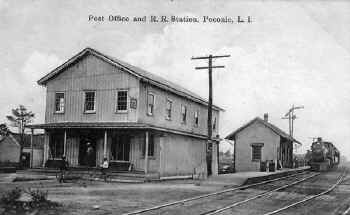
Peconic Post Office and Station c.1920 view SE Archive: Dave Morrison
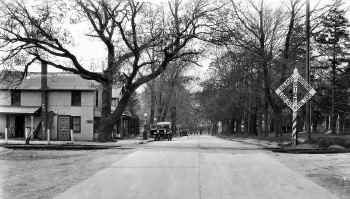
Peconic Lane - view N 5/11/1933 Archive: Dave Morrison
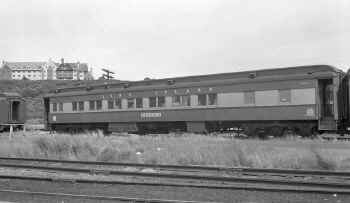
Parlor #2013 "PECONIC" Montauk 7/28/1962 Archive: Dave Keller

LIRR 1966 map page 76 - Peconic
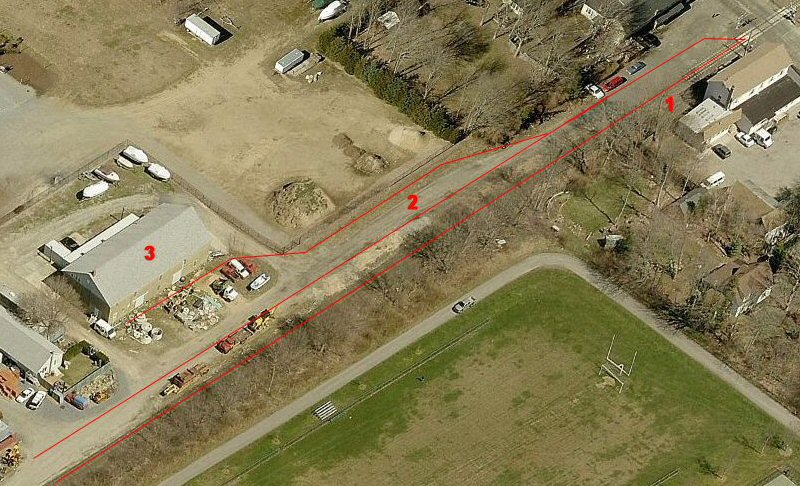
PECONIC
LEGEND:
1. Ex-site
Peconic Station, razed: 4/1942 - Shelter shed:, razed: 8//1967
2. Ex-passing siding
3. Ex-A&P Co. - National Produce Division potato house
1934 2017 Bing aerial map. Info:
Steven Lynch
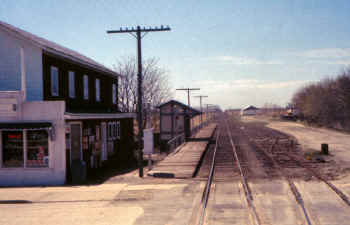
Location #1: Peconic Shelter Shed - 5/03/1964 view W
Photo/Archive: Richard Makse
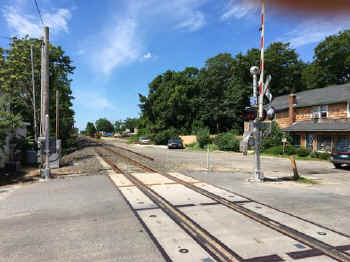
Location #1: Peconic Lane - View W 6/21/17 Photo: Steve Rothaug
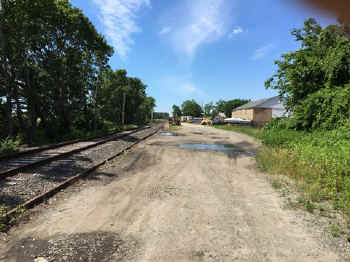
Location #2: Peconic Lane - View W access road 6/21/17 Photo: Steve Rothaug
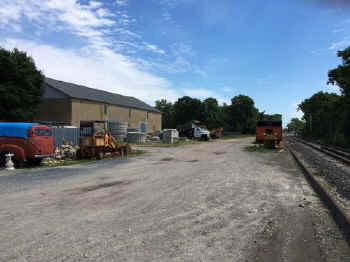
Location #3: Peconic Lane - View E 6/21/17 Photo: Steve Rothaug
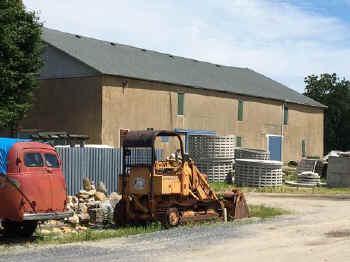
Peconic Lane View NE - Ex-A&P Potato house - 6/21/17 Photo: Steve Rothaug
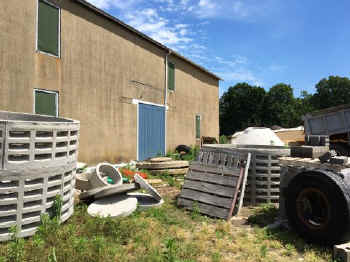
Peconic Lane View NE - Ex-A&P Potato house close-up - 6/21/17 Photo: Steve Rothaug
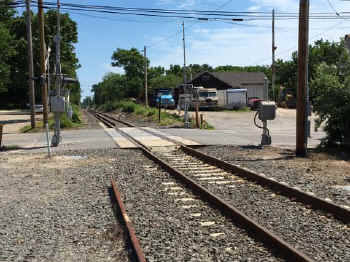
Peconic Lane - View E 6/21/17 Photo: Steve Rothaug
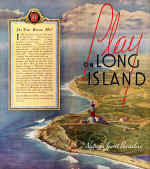
Play on Long Island -cover
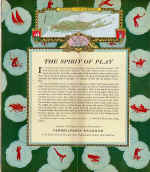
Play on Long Island - inside fold
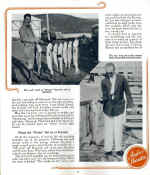
Peconic fishing page 22
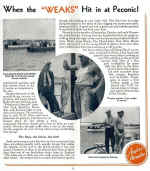
Peconic fishing page 23
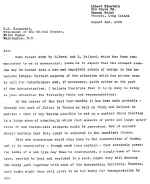

Letter to President Roosevelt, 08/02/1939: Einstein was enjoying a sailing vacation in Peconic on the northern tip of Long Island, New York. On or about July 12, Szilard and fellow Hungarian physicist Eugene Wigner made the short drive from Manhattan in Wigner's car.
Szilard explained the state of international research on uranium and the evidence that a bomb might be possible. Given the seriousness of the situation, Szilard's request was quite modest.
He asked if Einstein would warn the Belgian Queen Mother, whom he knew, to prevent the large stockpile of uranium ore in the Belgian Congo from falling into Nazi hands. Einstein agreed to the idea, but he preferred to write to another friend, the Belgian ambassador. Einstein dictated a letter in German, which Wigner took down.
Within days, however, the plan became much more far-reaching when Szilard discussed the matter with economist Alexander Sachs. Sachs, who was an unofficial adviser to President Franklin Roosevelt, urged that Einstein should write directly to the President. If Einstein wrote such a letter, Sachs promised to deliver it to the President personally.
If they could gain the ear of the President, the Belgian uranium ore became a minor issue. Szilard produced a four-page draft letter, which he mailed to Einstein on July 19. By telephone, Einstein asked to discuss it with Szilard in person.
In the last days of July, Szilard returned to Einstein's vacation cabin. Because Wigner was out of town, Hungarian physicist Edward Teller acted as Szilard's chauffeur. Einstein again greeted his guests informally, wearing old clothes and slippers. He served them tea on the shady porch while they discussed the new approach.
Einstein was willing to write to the President. As a life-long pacifist, he opposed the making of weapons, but he could not allow the Nazis sole possession of such destructive power. His only objection was that Szilard's letter was long and somewhat awkward. He preferred a shorter message stressing the main points. Einstein dictated a short draft in German which Szilard took down.
Over the next few days, Szilard translated Einstein's dictation, going through draft after draft. In the end, he prepared both a short and a long version. On August 2, he mailed them to Einstein. Einstein returned both versions signed, but he expressed a preference for the longer version. This was the version, dated August 2, that Szilard gave to Sachs for delivery to the President.
Einstein's letter did not reach the President quickly, however, nor did it have much effect. On September 1, 1939, Germany invaded Poland and World War II began. Sachs finally met with the President on October 11 and presented Einstein's letter. The President appointed a "Uranium Committee," but it approved only $6,000 to buy graphite and uranium for experiments Szilard proposed.
For the next two years, official skepticism continued to stall U.S. research efforts. A large-scale U.S. atomic project did not begin until December 6, 1941, one day before the bombing of Pearl Harbor. It became the "Manhattan" Project in August 1942. Research: Gene Dannen 1998; Einstein letter courtesy Argonne National Laboratory
